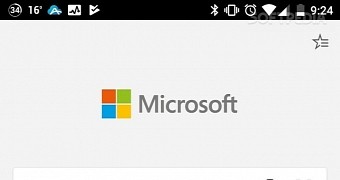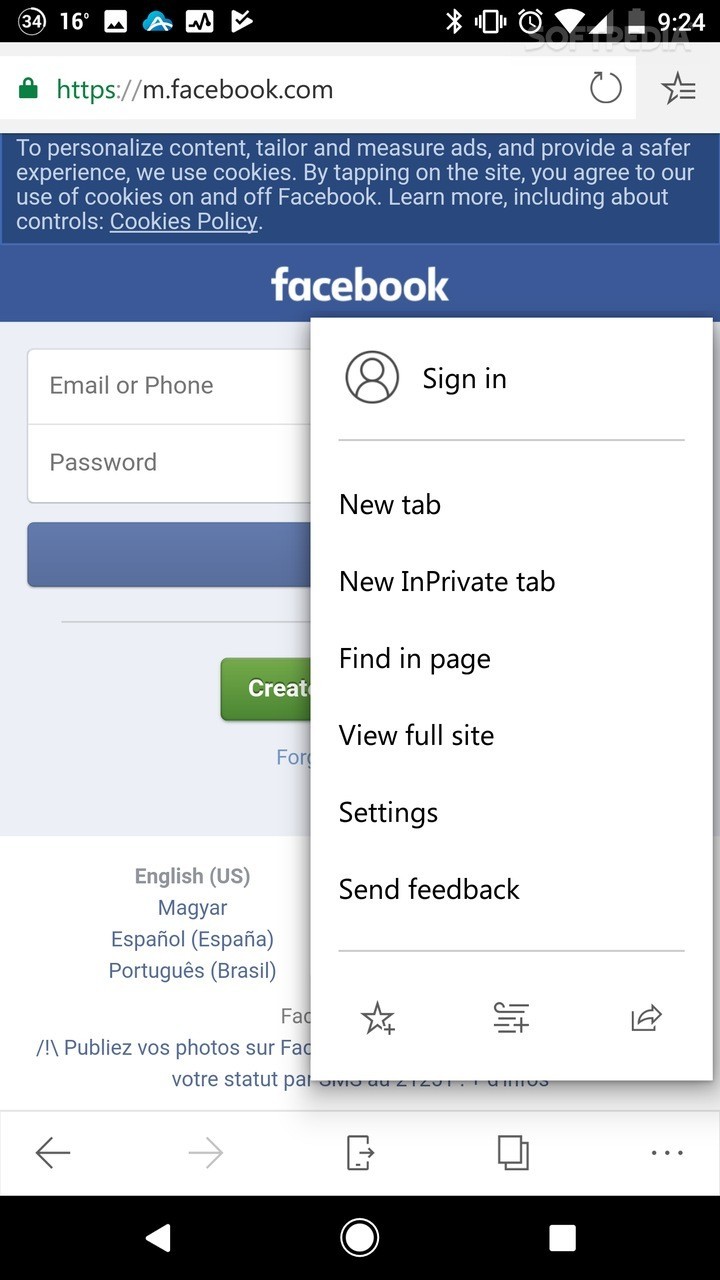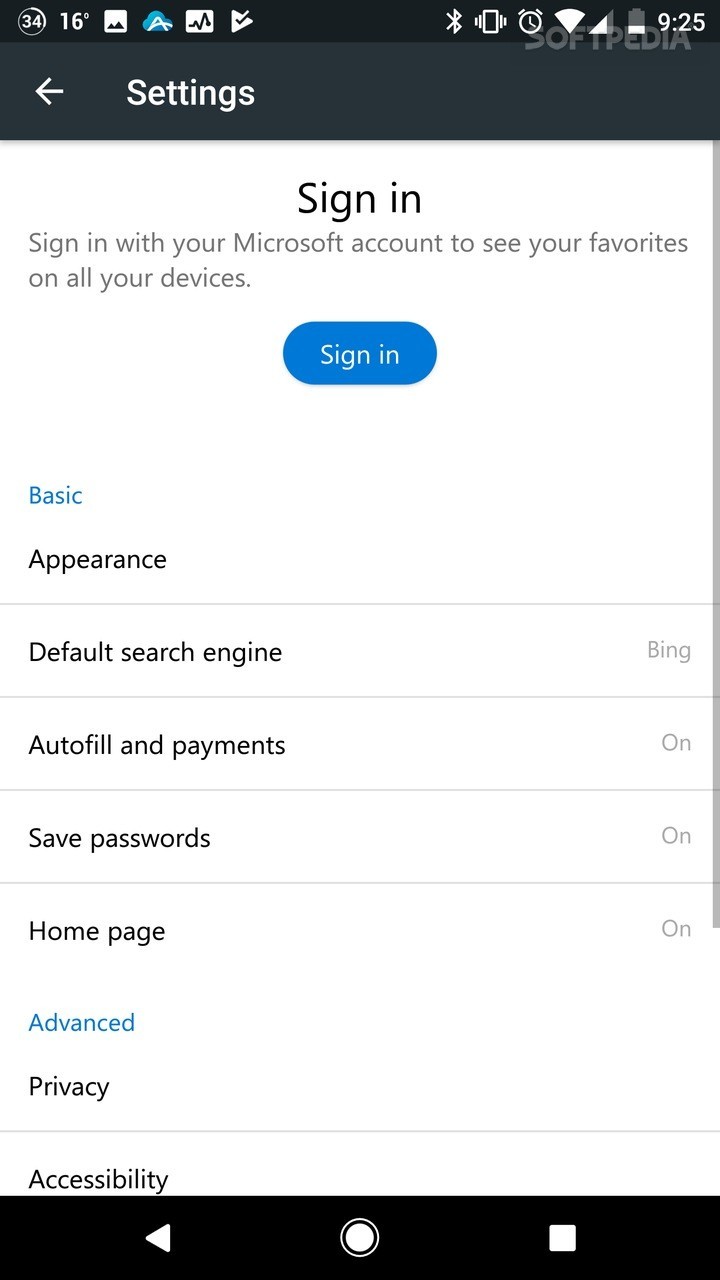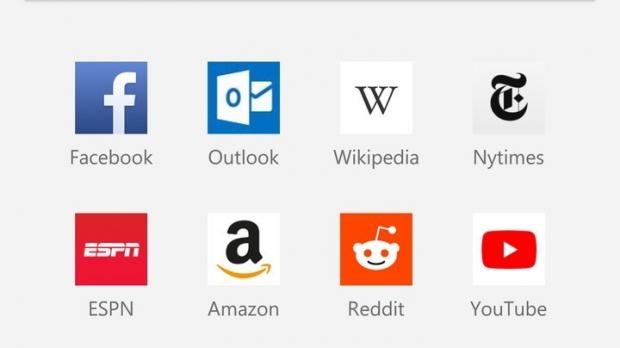Microsoft Edge is supposed to be Microsoft’s very own Google Chrome and Mozilla Firefox killer, but as we all know by now, the new Windows 10 browser is far from becoming a rival to these apps on the desktop.
Statistics are more or less embarrassing for Microsoft. Google Chrome leads the PC world with more than 60 percent market share, while Edge is very far behind with a little over 4 percent.
Furthermore, instead of getting closer to rival Google Chrome, Microsoft Edge actually loses even more ground, and the difference between the two is increasing every month.
While we’re not going to talk about the reasons Microsoft Edge isn’t yet considered a powerful alternative to Google Chrome on the desktop, let’s focus a little bit on how the browser is evolving on mobile.
Edge was originally launched as a Windows 10-exclusive, and Microsoft initially promised to get the browser right on PCs and only then make it available elsewhere.
This strategy of expanding the availability of Microsoft Edge came into effect much faster than expected, mostly because the Redmond-based software giant noticed that without its very own mobile platform, staying relevant in the mobile world was only possible by turning its apps cross-platform.
And this did eventually happen, with Microsoft Edge arriving on both Android and iOS. The first versions were kind of limited, but at the same time, Microsoft released beta versions to try out new functionality and deliver frequent updates on both platforms.
This is indeed the approach that the company is using these days too, and Microsoft Edge is playing a much more important role than just providing users with access to another browser.
Microsoft Edge is part of the Redmond-based software giant’s mobile push that’s supposed to bring smartphones and Windows 10 closer together. With a mobile operating system of its own, Microsoft needs to make sure that smartphone users stick with Windows 10, as having a consistent ecosystem that expands beyond the desktop is what more people are looking for these days.
This is the reason many of the improvements that Microsoft has made lately for Microsoft Edge are based on PC features. The browser has received options to allow users to continue from where they left off on a Windows 10 PCs, so they would technically be provided with a seamless browsing session even after leaving the office.
At the same time, Microsoft is offering Timeline support. Windows Timeline debuted in Windows 10 April 2018 Update (version 1803) to create snapshots of user activities, including documents, apps, and browser tabs, and allow a restore within the next 30 days.
By bringing Timeline to mobile devices, Microsoft can thus use Edge as part of its arsenal to unify the mobile and desktop experience.
But despite all these improvements mostly targeting Windows 10 users, there’s no doubt Microsoft Edge still has a long way to go before becoming a truly advanced mobile browser. And when comparing it to apps like Google Chrome, Samsung Internet browser, Safari, or other similar mobile browsers, it’s pretty clear that Edge needs to get updates in many more areas besides the synchronization with Windows 10.
The good news is that Microsoft keeps improving the browser on both Android and iOS with regular updates nearly every week, so sooner or later, it could actually be considered a much more capable alternative to the apps mentioned above.
But right now, is anyone using Microsoft Edge? If so, why do you stick with Edge and not running any of the other popular mobile browsers available right now? Is there any feature you’d like to see being added to Microsoft Edge?
Let us know what you think in the box below.

 14 DAY TRIAL //
14 DAY TRIAL // 




